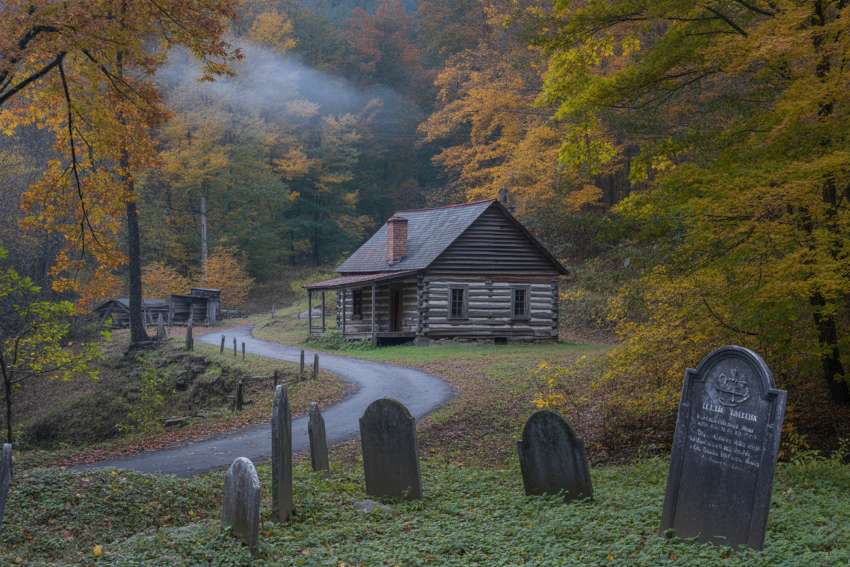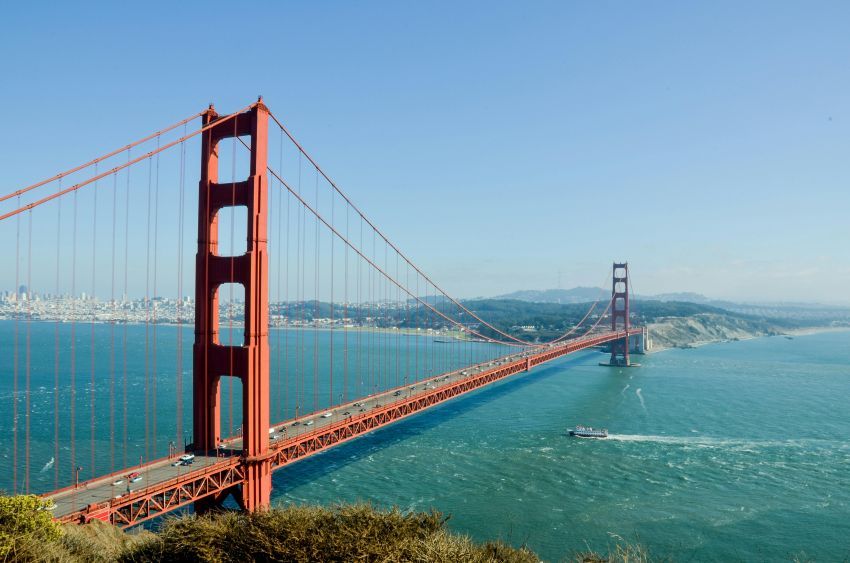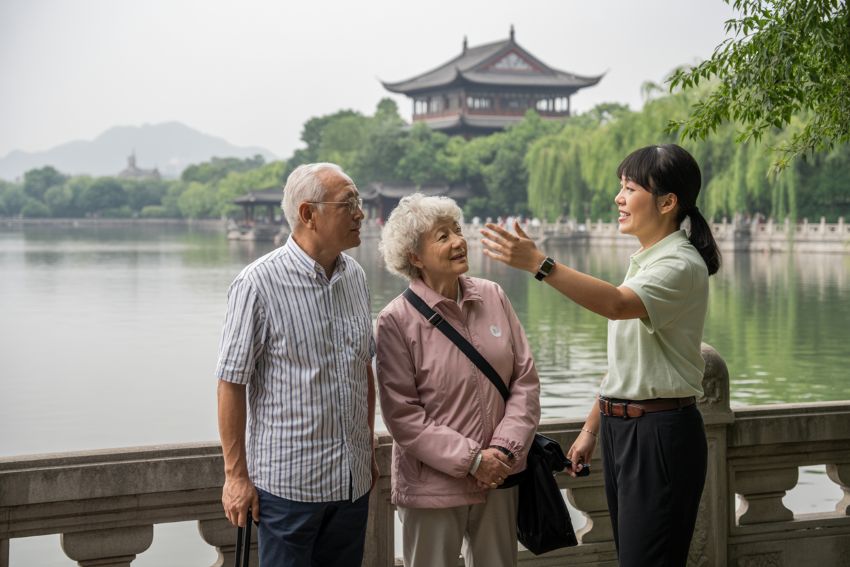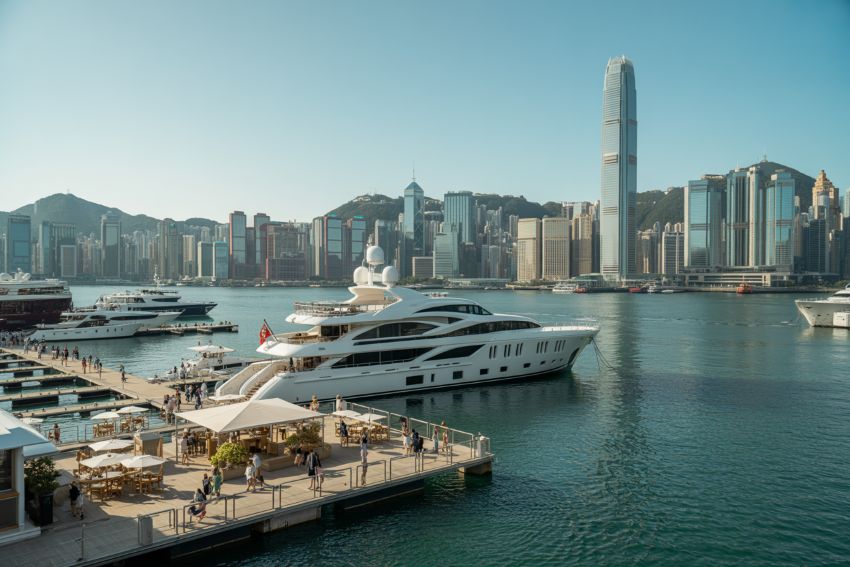Miri: Sarawak’s Emerging Wellness Tourism Hub Offering Nature, Health and Inclusive Community Experiences
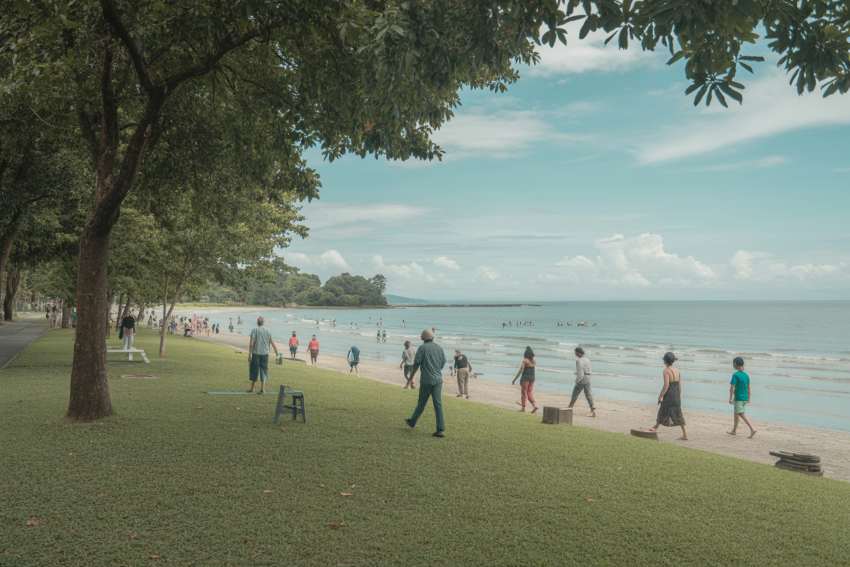
Situated in Sarawak’s northern region, Miri is quickly emerging as one of the area’s most promising travel destinations for health and wellness. Miri, which is well-known for its pure natural beauty, clean air, and laid-back vibe, is now establishing itself as a destination for wellness-conscious tourists looking for an opportunity to revitalise their bodies, minds, and souls in addition to a vacation. Miri provides a distinctive combination of wellness experiences that go beyond the usual tourist visit, from its verdant parks and calm beaches to its inclusive community-driven initiatives.
Miri’s Natural Appeal for Wellness
Miri’s natural environment plays a central role in its growing reputation as a wellness tourism destination. The city’s extensive green spaces, including parks, nature reserves, and coastal areas, provide the perfect backdrop for wellness activities. The clean air, far removed from the pollution of large metropolitan cities, further contributes to Miri’s appeal. Visitors can enjoy activities such as nature walks, beachside yoga, or simply soaking in the peaceful surroundings, all of which promote physical and mental well-being.
The region’s tropical climate also adds to its charm, providing ample opportunities for outdoor activities all year round. Miri’s serene landscapes offer a refuge for those seeking to reconnect with nature and take a break from the fast-paced demands of daily life. The lushness of its environment, combined with the refreshing air, makes Miri an ideal location for people looking to escape the stresses of urban living and focus on their health and well-being.
A Vision for Health Tourism in Sarawak
Miri is not only blessed with a beautiful environment but is also actively supporting the state of Sarawak’s broader vision of becoming a leading destination for health and medical tourism. As part of this initiative, Miri is positioning itself to attract tourists interested in both wellness and medical services. The local government and tourism officials have recognised the importance of combining healthcare with travel, creating a unique offering that appeals to wellness tourists, retirees, and even those in need of medical treatment.
Sarawak’s health tourism strategy emphasises holistic well-being and accessibility, aiming to provide high-quality health services while maintaining an environment conducive to recovery and relaxation. Miri’s infrastructure is adapting to these goals, with a variety of health services now available for visitors. This includes everything from general health checkups to specialized treatments for both local and international tourists. The city is also home to modern medical facilities that enhance its credibility as a destination for those seeking medical treatments alongside their wellness activities.
A Community-Centric Approach to Wellness
One of the defining features of Miri’s wellness tourism sector is the strong focus on community involvement. The Miri City Council (MCC) has played a pivotal role in promoting community-based wellness initiatives that align with global goals for sustainable development. The city is a champion of the United Nations’ Sustainable Development Goals (SDGs), with particular emphasis on goals related to Good Health and Well-being (SDG 3), Reduced Inequalities (SDG 10), and Sustainable Cities and Communities (SDG 11).
A prime example of Miri’s community spirit is the “Walk With Love: Community Wellness and Inclusive Health Tourism” event, held at Bulatan Park. This event, which attracted around 350 participants, including children with special needs and their families, showcased Miri’s commitment to promoting wellness in a way that is inclusive and beneficial for all. The event not only raised funds for therapy and rehabilitation programmes for special-needs children, but it also brought together local residents, tourists, NGOs, and government agencies, highlighting the power of collaboration in making a real difference in people’s lives.
The Walk With Love event is just one of many initiatives that aim to integrate social responsibility with tourism. By involving local residents and visitors in these wellness activities, Miri is fostering a sense of belonging and a caring society. These types of community events show that wellness tourism in Miri isn’t just about individual well-being but about creating a connected, inclusive society where everyone has access to the benefits of wellness.
Miri’s Healthcare Infrastructure
In addition to its natural appeal and community-driven initiatives, Miri is also investing in its healthcare infrastructure to support wellness and medical tourism. The region is home to well-established medical facilities that offer a wide range of services, from general health checkups to specialized treatments. This makes Miri an attractive destination for those seeking health-related services, whether for preventive care, rehabilitation, or even medical procedures.
The availability of high-quality healthcare services in Miri adds another layer to the city’s wellness offerings, making it a comprehensive destination for those looking to combine health treatments with relaxation. For those interested in more specialized health services, Miri’s healthcare sector is continuing to evolve to meet the growing demand from wellness tourists.
What Makes Miri Stand Out
Several factors contribute to Miri’s growing recognition as a wellness tourism destination. First and foremost is the city’s unique combination of natural beauty, healthcare infrastructure, and a relaxed, easygoing lifestyle. Visitors are not only drawn to the city’s parks and beaches but are also enticed by its slower pace of life, which offers a reprieve from the frenetic nature of larger cities.
Miri’s appeal is also rooted in its emphasis on inclusivity and social responsibility. Through community wellness events, the city highlights the importance of supporting vulnerable groups, such as children with special needs, while promoting health and well-being for all. This approach adds a meaningful, human touch to wellness tourism, allowing visitors to engage with the community in ways that go beyond typical tourist experiences.
Lastly, Miri’s health and wellness tourism initiatives align with the broader tourism strategies of Sarawak. With strong government support, Miri is positioning itself as a destination that offers not just a vacation but a chance for visitors to invest in their health and well-being.
Wellness Travel Experiences in Miri
For travellers looking to experience Miri’s wellness offerings, the city provides numerous options. Visitors can enjoy leisurely walks through lush parks or along the coast, where they can appreciate the natural surroundings while engaging in restorative physical activity. Those looking for a more structured wellness experience can visit spas or wellness retreats offering yoga, meditation, and other healing therapies.
Miri’s wellness tourism sector also includes a growing number of accommodations that cater to health-conscious travellers, providing access to nutritious food, fitness facilities, and health-focused programmes. Whether it’s a serene beachfront resort or a comfortable hotel in the city centre, there are plenty of options for those seeking to combine rest with well-being activities.
Looking to the Future
As Miri continues to grow as a wellness tourism hub, it is likely to see further development in both its infrastructure and offerings. The government and local stakeholders are actively working on initiatives to enhance the city’s appeal as a wellness destination, from improving accessibility for international tourists to expanding the range of services available.
For visitors, Miri offers an opportunity to experience a unique blend of wellness, natural beauty, and community engagement. Whether one is looking for a relaxing getaway or a more immersive wellness experience, Miri is emerging as a top destination for those seeking a holistic, health-focused travel experience.
Conclusion
The development of Miri as a destination for wellness tourism is evidence of the city’s natural resources, medical facilities, and sense of community. Miri is well on its way to becoming one of Southeast Asia’s top destinations for health and wellness tourism thanks to its combination of tranquil landscapes, welcoming wellness events, and helpful medical services. Miri provides not only a retreat but also an opportunity to improve one’s well-being in a tranquil, friendly setting for individuals seeking to rest and re-establish connections.
The post Miri: Sarawak’s Emerging Wellness Tourism Hub Offering Nature, Health and Inclusive Community Experiences appeared first on Travel And Tour World.